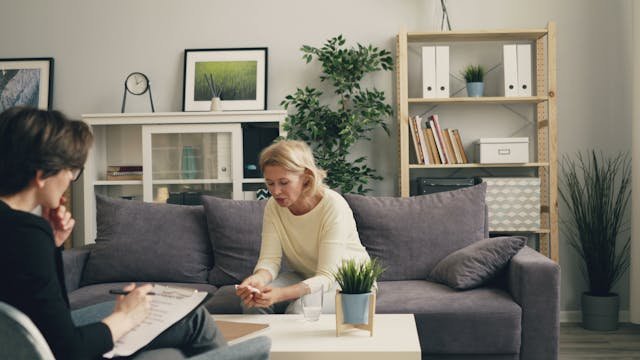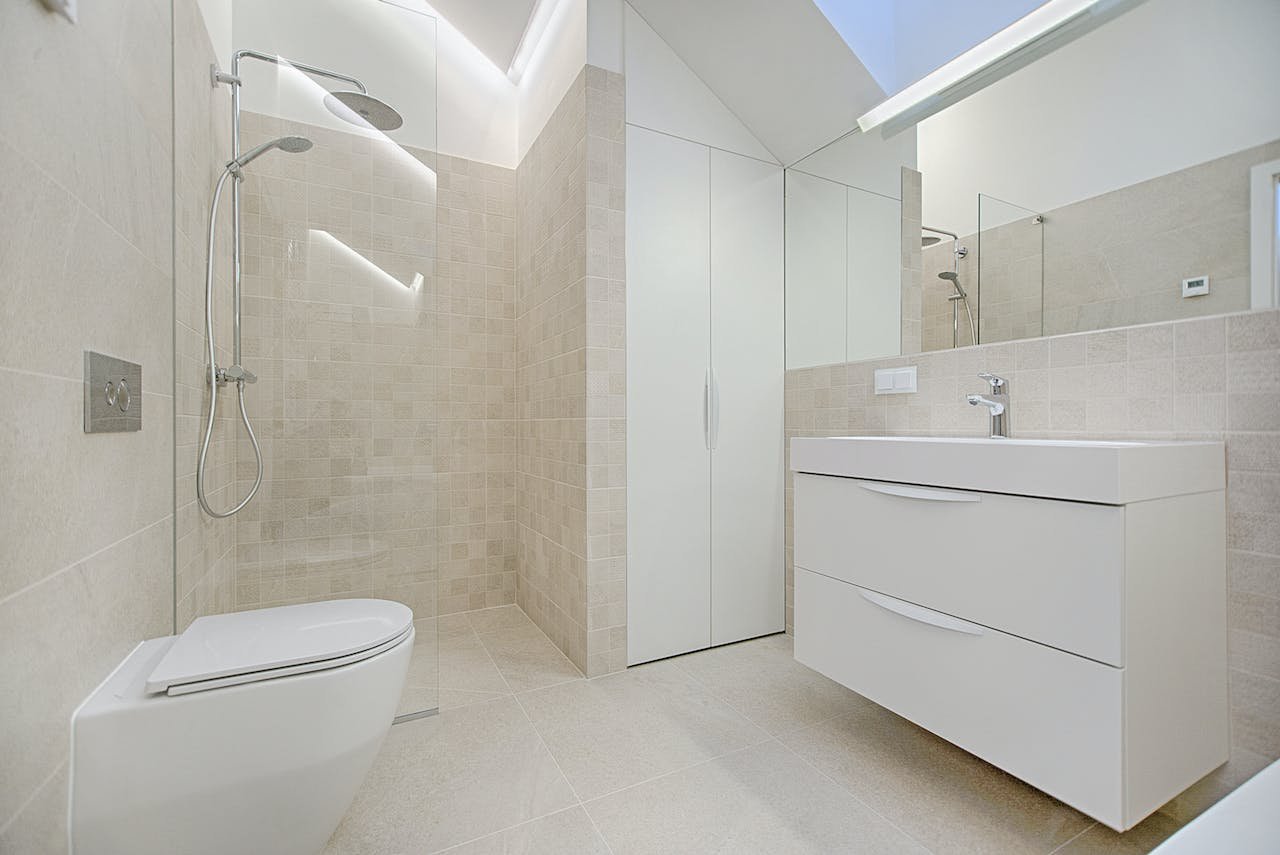Ever feel like living in San Francisco makes your house age twice as fast as you do? The salt air slowly corrodes anything metal, construction delays stretch even simple projects, and the cost of materials and labor seems to rise every month. Homeowners find themselves caught between the frustration of constant upkeep and the steep risks of putting off upgrades. When maintenance gets pushed aside, homes lose value faster, and small issues turn into major repairs that demand more time and money. These challenges have pushed many owners to rethink how they approach renovations, choosing projects that strengthen their homes without draining their savings or adding stress. Finding a practical balance between protecting property, staying comfortable, and preserving value has become essential in a market where costs and risks continue to climb.
In this article, we will share simple home renovation tips that boost value without driving you into stress or debt.
Start with Repairs That Protect
Homes lose value fastest when core systems fail, yet many owners delay fixes until the damage spreads. Roofing issues, foundation settling, and outdated electrical systems often stay hidden until they become costly emergencies. Tackling these repairs early preserves the home’s condition and creates a stable foundation for other upgrades. Prioritizing structural integrity before cosmetic updates keeps projects manageable and protects resale value.
Roof work often intimidates homeowners because of its cost, but it is one of the upgrades that can prevent major financial strain. A dependable San Francisco Roofing Contractor can assess damage, repair or replace sections, and improve insulation in the process. A well-maintained roof helps regulate temperatures inside the home and shields against moisture that can cause mold or structural decay. When addressed early, roof work typically reduces heating and cooling costs while preventing more expensive problems down the line. Investing in these essentials first allows the rest of the renovations to build on a secure base, avoiding the stress of backtracking later.
Focus on Energy Efficiency Before Aesthetics
Once the home is secure, improving efficiency tends to deliver the best return without draining resources. Heating and cooling remain among the biggest expenses for most households, and simple updates can lower those bills quickly. Sealing gaps in doors and windows, adding insulation to attics or crawlspaces, and installing efficient HVAC systems help stabilize indoor temperatures without constant adjustments. These steps also appeal to future buyers, who increasingly look for homes that reduce utility costs.
Switching to energy-efficient lighting and appliances extends these savings. LED lighting cuts electricity usage significantly, and ENERGY STAR-rated refrigerators, dishwashers, and washers consume far less than older models. Many of these upgrades now come with rebates or tax credits, making them easier to fit into a renovation budget. They also align with a broader societal trend, as more homeowners seek ways to balance comfort with sustainability during a time of rising energy costs and environmental concerns.
Update Kitchens and Bathrooms with Practical Choices
Kitchens and bathrooms remain the most valuable rooms to update because they influence resale decisions more than any other spaces. Focusing on function rather than extravagant finishes can save money while still adding appeal. Durable countertops, modern cabinets, and efficient fixtures create a clean and updated look that doesn’t require constant upkeep. Water-saving faucets and showerheads not only help the environment but also cut utility costs, which adds to their value.
Replacing outdated flooring with materials that resist wear and moisture, such as tile or luxury vinyl, also prevents early replacements. These surfaces handle heavy use while keeping maintenance low, which reduces the stress of ongoing care. Combining functionality with clean design avoids over-customization, which can make it easier for future buyers to envision the space as their own. Thoughtful, practical updates tend to hold value longer than trendy or overly specific choices.
Keep Outdoor Spaces Functional and Manageable
Outdoor improvements can increase a home’s appeal, but they don’t need to turn into sprawling, expensive projects. Simple landscaping with low-maintenance plants, clean walkways, and proper lighting improves curb appeal without adding heavy upkeep responsibilities. For areas with extreme weather, using hardy materials like stone and treated wood reduces repairs over time. A well-maintained exterior often reassures buyers about the care taken inside the home as well.
Decks and patios offer another way to enhance value without major expense. When built with durable, weather-resistant materials and kept at a reasonable size, they provide extra living space without overwhelming the yard or inflating maintenance demands. Outdoor improvements work best when they balance appearance with practicality, ensuring they add lasting appeal without creating future burdens for upkeep or repair.
Simplify the Process with Phased Planning
Renovations often become stressful when too much happens at once, stretching budgets and timelines beyond what owners can manage. Breaking projects into phases allows for better financial control and flexibility. Tackling essential repairs first, followed by energy and efficiency upgrades, and finishing with cosmetic or outdoor improvements, helps distribute costs and keeps disruptions manageable.
Phased planning also allows homeowners to reassess priorities as the work progresses. Market conditions, interest rates, and even personal schedules can shift, so leaving space to adjust plans avoids locking into decisions that no longer make sense later. Spreading out renovations prevents the all-at-once chaos that drives stress and overspending, while still allowing the home to gain value steadily over time.
Why These Steps Matter Now
With housing markets shifting unpredictably and interest rates influencing buyer behavior, homes with thoughtful, practical improvements hold their value better. Buyers are often willing to pay more for properties that won’t require immediate work, especially when energy efficiency and durability are part of the package. Even if selling isn’t in the near future, homes with these upgrades tend to carry lower maintenance and operating costs, which eases financial pressure for the owner.
These tips also reflect a broader shift in how homeowners view renovations. The focus has moved away from flashy upgrades and toward improvements that make living spaces more sustainable, comfortable, and resilient. Rising energy prices, supply chain delays, and increased awareness of climate risks have made homeowners more strategic about how they invest in their properties. Renovations today need to balance practicality, cost savings, and long-term value rather than leaning purely on aesthetics.
Approaching home improvements with this mindset keeps projects from becoming overwhelming. By protecting the home’s structure first, boosting efficiency, and then enhancing the spaces people use most, owners can add value without falling into the stress and expense that often derail renovations. This approach helps households weather both market shifts and daily life with less disruption, creating homes that remain livable and valuable for years to come.







